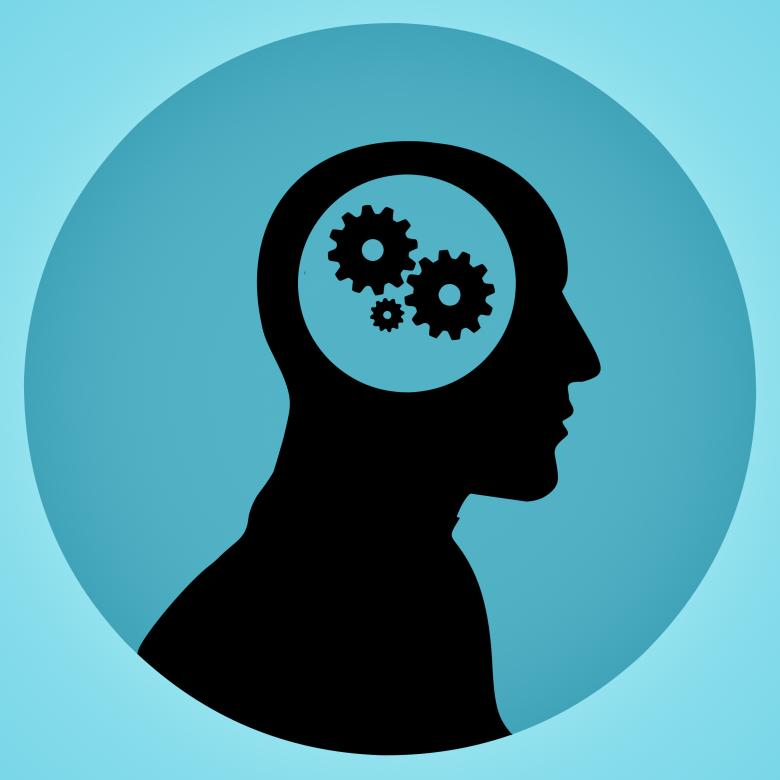Digital portfolios for learning
All teachers would agree with the statement test scores don’t tell the whole story of a child. It doesn’t matter if we’re referring to teacher made assessments or state made assessments, there is so much more to our students that could be shared. But how can teachers allow for that process? Portfolios. Portfolios are also a great opportunity to apply the concepts from our Think Before You Post blog in the classroom.
Portfolios to demonstrate the learning process of a topic are certainly not new to education, especially when it comes to assessment in the arts. This style of assessment tool has long been appreciated to allow an opportunity to show progress in a student’s growth over time and provides a greater context for the student’s learning. With the prevalence of devices such as Chromebooks equipped with cameras and microphones, virtually any subject can now be documented in a portfolio method which can be highly engaging and full of reflection for students.
Teachers have various options when deciding how to implement portfolios for learning in the classrooms. Some teachers keep things simple by using a Google document that students update periodically during their learning journeys. Other teachers ask students to create Google Sites to organize their learning and curate resources to support topics covered in class. A YouTube channel may even be a great opportunity for students to catalog performance-based learning. Using a tool that is widely known outside of the education world allows the students to both document their learning and gain competency in web platforms which is certainly a skill that can be added to the student’s resume.
Of course, there are benefits to using a portfolio tool specifically created for education and SeeSaw is a great example of a simple, easy to use, portfolio building app that allows for protected student information and sharing with teach individual student’s guardians.
Portfolios not only allow for an opportunity for authentic writing and reflection, but also can serve as a study guide of sorts for students to continually reference as needed. Working with digital portfolios also allows students to practice digital citizenship in authentic ways, deepening their understanding of content that is appropriate to share on the web. It also allows students to think about the subject that is the focus of their blog in a well-rounded way. Knowing the answer to a problem and knowing how to explain how the problem was solved require two different levels of thinking and both are valuable in student learning.
So, how can you get started with digital portfolios? Here are some quick steps:
Most importantly, be transparent that this is a learning process for everyone and approach the project with an open mind.

References:
https://georgecouros.ca/blog/archives/tag/digital-portfolios
https://www.emergingedtech.com/2014/02/4-steps-for-getting-started-with-student-digital-portfolios/
Portfolios to demonstrate the learning process of a topic are certainly not new to education, especially when it comes to assessment in the arts. This style of assessment tool has long been appreciated to allow an opportunity to show progress in a student’s growth over time and provides a greater context for the student’s learning. With the prevalence of devices such as Chromebooks equipped with cameras and microphones, virtually any subject can now be documented in a portfolio method which can be highly engaging and full of reflection for students.
Teachers have various options when deciding how to implement portfolios for learning in the classrooms. Some teachers keep things simple by using a Google document that students update periodically during their learning journeys. Other teachers ask students to create Google Sites to organize their learning and curate resources to support topics covered in class. A YouTube channel may even be a great opportunity for students to catalog performance-based learning. Using a tool that is widely known outside of the education world allows the students to both document their learning and gain competency in web platforms which is certainly a skill that can be added to the student’s resume.
Of course, there are benefits to using a portfolio tool specifically created for education and SeeSaw is a great example of a simple, easy to use, portfolio building app that allows for protected student information and sharing with teach individual student’s guardians.
Portfolios not only allow for an opportunity for authentic writing and reflection, but also can serve as a study guide of sorts for students to continually reference as needed. Working with digital portfolios also allows students to practice digital citizenship in authentic ways, deepening their understanding of content that is appropriate to share on the web. It also allows students to think about the subject that is the focus of their blog in a well-rounded way. Knowing the answer to a problem and knowing how to explain how the problem was solved require two different levels of thinking and both are valuable in student learning.
So, how can you get started with digital portfolios? Here are some quick steps:
- Pick a platform.
- Consider how public you and your students would like their learning to be
- Consider longevity of the portfolio - a website can endure beyond grade levels and classes while a teacher-controlled app may not
- User friendliness - you don’t want to spend time troubleshooting. What sorts of media needs to be easily incorporated by students? Reach out to tech experts you know for their advice.
- Decide portfolio benchmarks
- Will students contribute daily, weekly, monthly or at the end of a unit?
- Will students contribute WHILE they learn or reflect on WHAT they’ve learned?
- Prep the students
- Show kids examples of other student portfolios (or even share the story of Beverly Pham who was rejected from University of Southern California until USC saw her digital resume!)
- Inform parents of the project and its importance
Most importantly, be transparent that this is a learning process for everyone and approach the project with an open mind.
References:
https://georgecouros.ca/blog/archives/tag/digital-portfolios
https://www.emergingedtech.com/2014/02/4-steps-for-getting-started-with-student-digital-portfolios/



Comments
Post a Comment